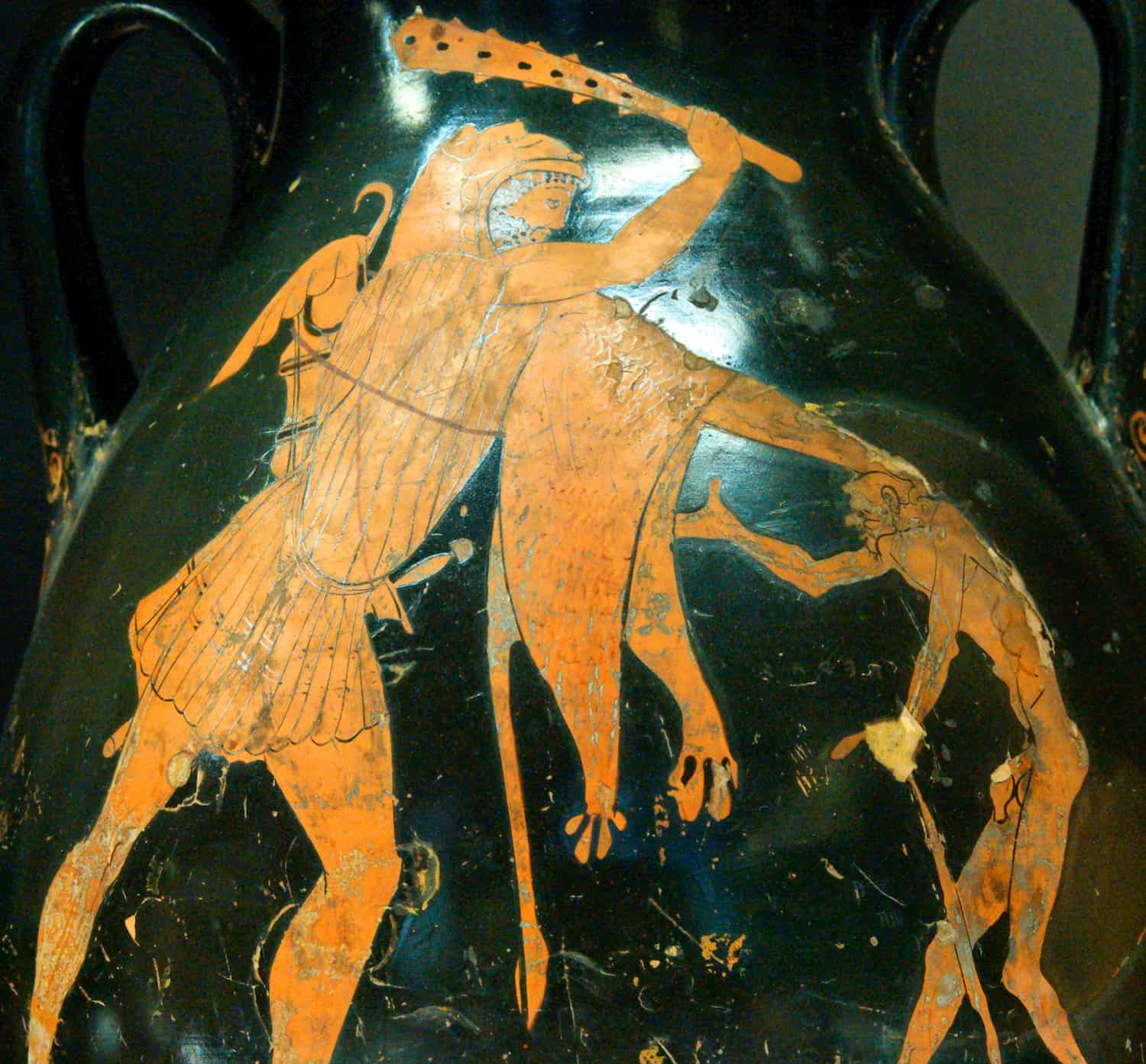Geras: Personification of Old Age in Mythology
Geras had a temple in Athens and an altar in Cadiz, where the profound religiosity of its inhabitants led them to worship even death.

Geras had a temple in Athens and an altar in Cadiz, where the profound religiosity of its inhabitants led them to worship even death.

